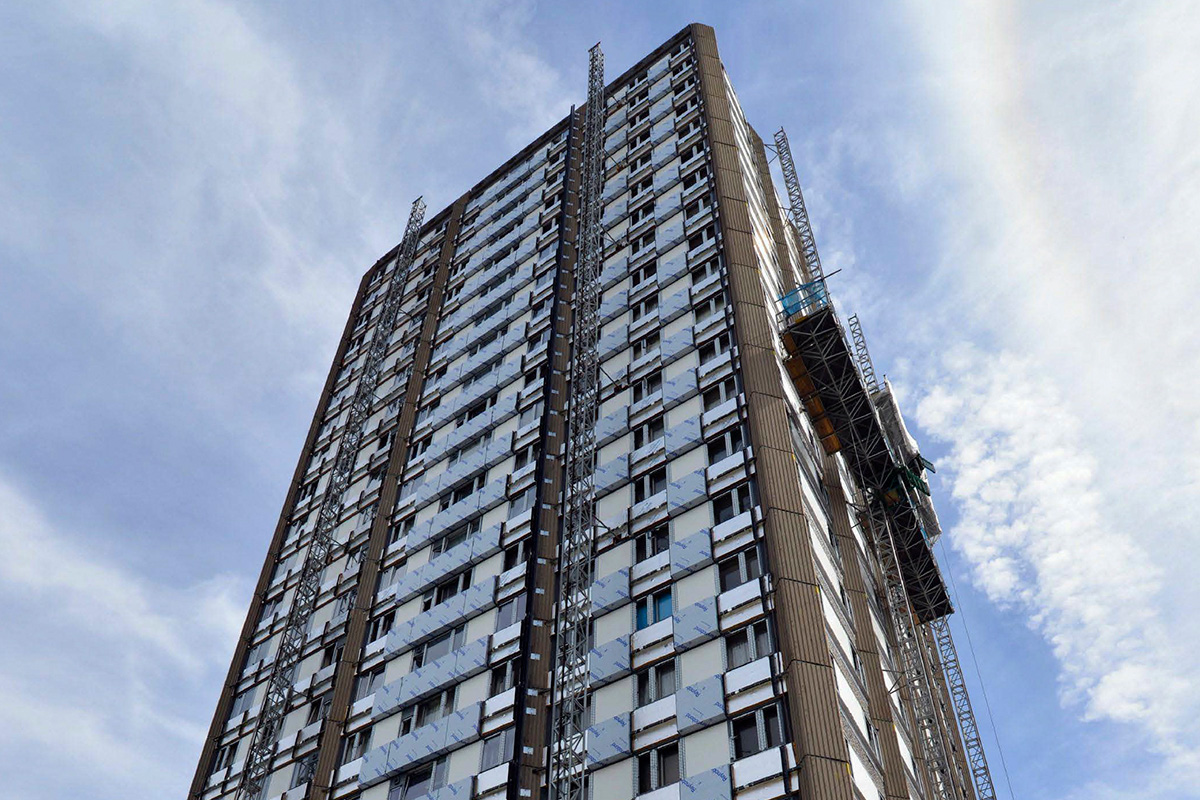:quality(70)/cloudfront-eu-central-1.images.arcpublishing.com/irishtimes/ZU3AEQZP2LCCZIJHLTFEKAOIV4.JPG)
Up to 100,000 defective Celtic Tiger-era homes may need remediation
Scheme to fix defects to be submitted to Cabinet in weeks following report of working group
Fairly depressing if you're looking to move. Aside from the lack of places available, if you're lucky enough to find a place and it happened to be built 10-30 years ago, very high chance it'll be a cold, damp, non-soundproof kip.
A working group on defects in housing, which reported last July, found a lack of fire safety material, structural defects and water ingress are likely to affect up to 80 per cent of apartments and duplexes built between 1991 and 2013, which equates to between 62,500 and 100,000 homes.
I would have thought tiger-era building meant late-90s to c.2008 but according to the article it's a much bigger timeframe.
the majority of apartment developments haven’t had assessments carried out in them in relation to fire safety defects. It is likely that the majority of defects have not yet been uncovered.”
:quality(70)/cloudfront-eu-central-1.images.arcpublishing.com/irishtimes/K6I2VUQPJUYMBHPFOFUDKU6AOA.jpg)
